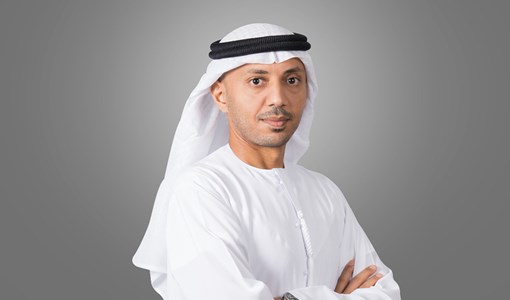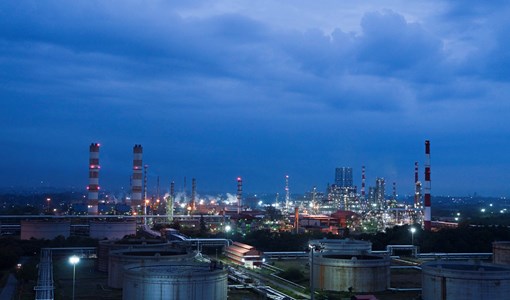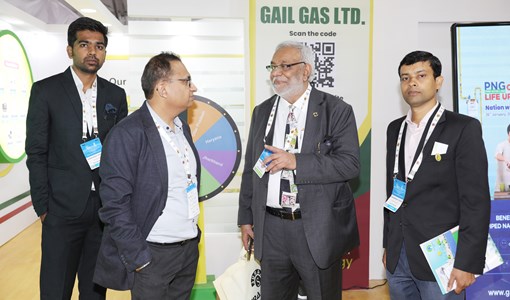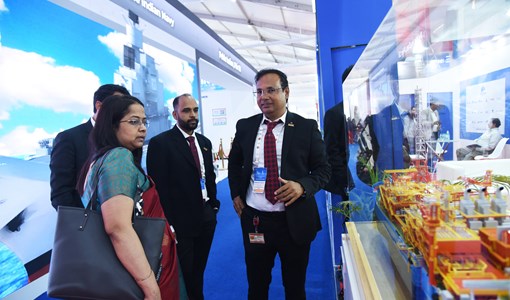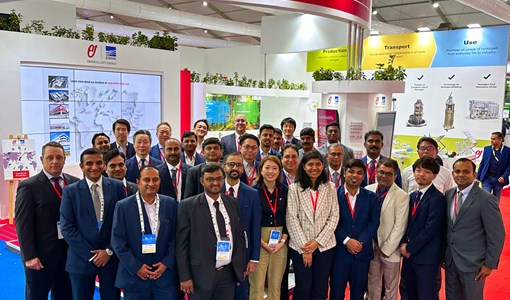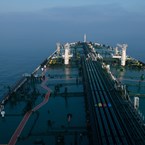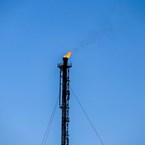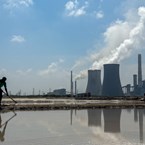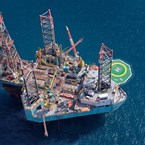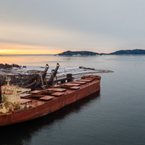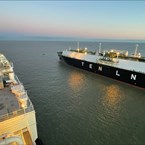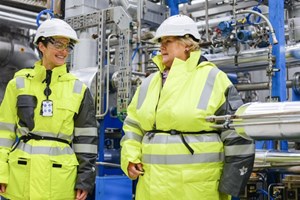P&O Maritime Logistics embracing digitalisation
Martin Helweg, chief operating officer, P&O Maritime Logistics spoke to Pipeline Oil and Gas News’ Julian Walker about the impact of digitalisation in the massive sector and launching a new open maritime data system
What is the new open maritime data system you are working on?
The open data system provides a single, open-source platform for vessel operators to share data and collaborate on solutions that actively improve the safety, sustainability, operational excellence and technical reliability of seafarers and vessels across the globe.
What is the reason for building the open data system?
In today’s digital age, information storage and data sharing have become a part of our lives. We exchange e-mails and messages with friends and colleagues daily irrespective of where they are located. Of course, we expect this to be true for our professional environment as well. Following the example of other industries collaborating in specific areas for the greater good improve the maritime industry as a whole.
Are you working with any partners?
Yes, with regards to the new open maritime data system, we are planning to collaborate with other OSV operators.
What kind of data will you be covering?
As a starting point, we will be focusing on HSSE data and maintenance data such as defects, however our vision, is to expand the data capture to equipment data from IoT technology.
Why is it important to have a maritime data system?
Data is a crucial commodity to unlocking real value for our clients, however it should not be a chargeable commodity, historically OEM’s have seen this as a revenue stream, but ultimately this is our data. Data is like pieces in a puzzle if you work in silos, it takes longer to finish the puzzle, but if you collaborate, you can complete the puzzle quicker.
What is your outlook for the oil and gas maritime sector?
Our industry is constantly changing and evolving. On the energy sector as a whole, the world needs to realise that the offshore energy sector will be around for many decades to come – also servicing the hydrocarbon industry, as oil and gas will remain part of the energy mix for many years. We believe that we need to inspire an informed debate about exactly that – the energy mix. We certainly want to move towards renewable sources of energy, but at the same time we need to cater for a growing demand for energy around the world. In this balance, we need to move away from the most carbon intensive fossil fuels – for example coal – and move to cleaner sources such as gas, while the whole energy infrastructure of the world transforms and scales up for renewables.
Furthermore, customers now want a handful of select, trusted, suppliers who can provide much more than one single service. The key challenge for industry players has been the ability to offer our customers a wide portfolio of value-added marine services as our clients’ demands evolve and shift towards a need for a range of services and solutions. We realised, a long time ago, that the entire industry needed to change and started by changing our own perspectives. We needed to diversify investment into our own businesses, in order to stay relevant, and create value. And with the creation of P&O Maritime Logistics, we can focus on three strategic segments – offshore, port services and logistics – creating further value for our customers.
How important is digitalisation going to be for the maritime sector?
Our customer demands are increasingly shifting towards advanced services, and having realised that a long time ago, we began to digitise aspects of our service offering in response and built advanced algorithms to optimise the supply chains of our customers.
For example, by having real-time visibility of vessel locations and applying advanced routing systems, we are able to provide our clients with better, more reliable updates on delivery of cargo. This has optimised their supply chain by improving project scheduling, reducing downtime and the need for manpower and support services.
Additionally, we have worked with several of our key customers to integrate data into their systems, also allowing us to learn more about our customers, thereby enhancing our service offering to cater to even more aspects of their businesses.
Digital is disrupting companies from their service offering through to their operations and maintenance. From customer dashboards providing customers real-time insight into the state of their operations, to the use of Internet of Things to learn more about the state of our vessels, we see IT as a driver of both the topline and of cost reductions.
Disruption is one of the five pillars of our strategy and it is important that we continue to disrupt the status quo and innovate. We are consistently working towards digitalising our ships, through onboard IoT that measures a ship’s health certificate in real time, helping us manage our fleet maintenance in the most effective way. Digitalising our entire fleet is part of our disruption mindset and how we are embracing digitalisation- making us a true 21st-century company.
We have recently signed an agreement with American Bureau of Shipping (ABS), collaborating to deliver a condition-based class (CBS) regime for the platform supply vessel, DMS Courageous. This is an exciting and historic project for us, as the vessel will become the first to utilize ABS Nautical Systems as the computerised maintenance management system to transmit planned maintenance and condition- based maintenance activities to ABS. We aim to work together, cloud-to cloud, to facilitate a seamless flow of class data from the vessel into the ABS Decision Support Center (DSC).
Last year, we also teamed up with Baker Hughes to pioneer lube oil analysis in the marine space. This analysis can tell us a great deal about the condition of our ships – from detecting the presence of water and foreign particles, to changes in temperature, which can give insight into the likelihood of equipment failure in the motor, gearbox and propellers. While it previously could take up to six weeks to receive results from a lube oil analysis, with digitisation, this process can now take place in real time, enabling maintenance to become predictive, which in turn leads to a reduction in unscheduled downtime and repair work.
KEEPING THE ENERGY INDUSTRY CONNECTED
Subscribe to our newsletter and get the best of Energy Connects directly to your inbox each week.
By subscribing, you agree to the processing of your personal data by dmg events as described in the Privacy Policy.

Energy Workforce helps bridge the gender gap in the industry
Mar 08, 2024
EGYPES Climatech champion on a mission to combat climate change
Mar 04, 2024
Fertiglobe’s sustainability journey
Feb 29, 2024
Neway sees strong growth in Africa
Feb 27, 2024
P&O Maritime Logistics pushing for greater decarbonisation
Feb 27, 2024
Oil India charts the course to ambitious energy growth
Jan 25, 2024
Maritime sector is stepping up to the challenges of decarbonisation
Jan 08, 2024
COP28: turning transition challenges into clean energy opportunities
Dec 08, 2023
Why 2030 is a pivotal year in the race to net zero
Oct 26, 2023
Low carbon hydrogen holds the key to achieving net zero
Sep 29, 2023Partner content

Ebara Elliott Energy offers a range of products for a sustainable energy economy

Essar outlines how its CBM contribution is bolstering for India’s energy landscape

Positioning petrochemicals market in the emerging circular economy

Navigating markets and creating significant regional opportunities with Spectrum




